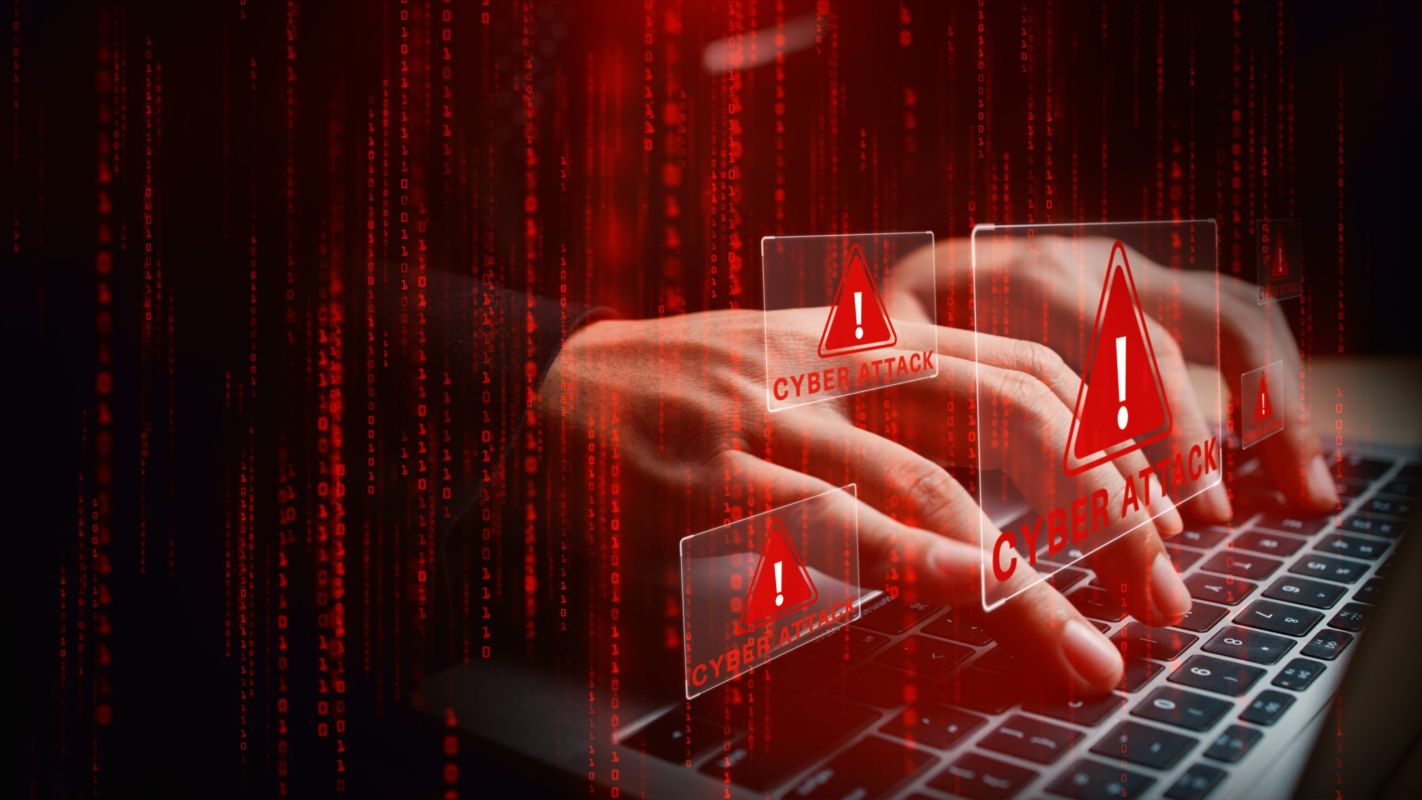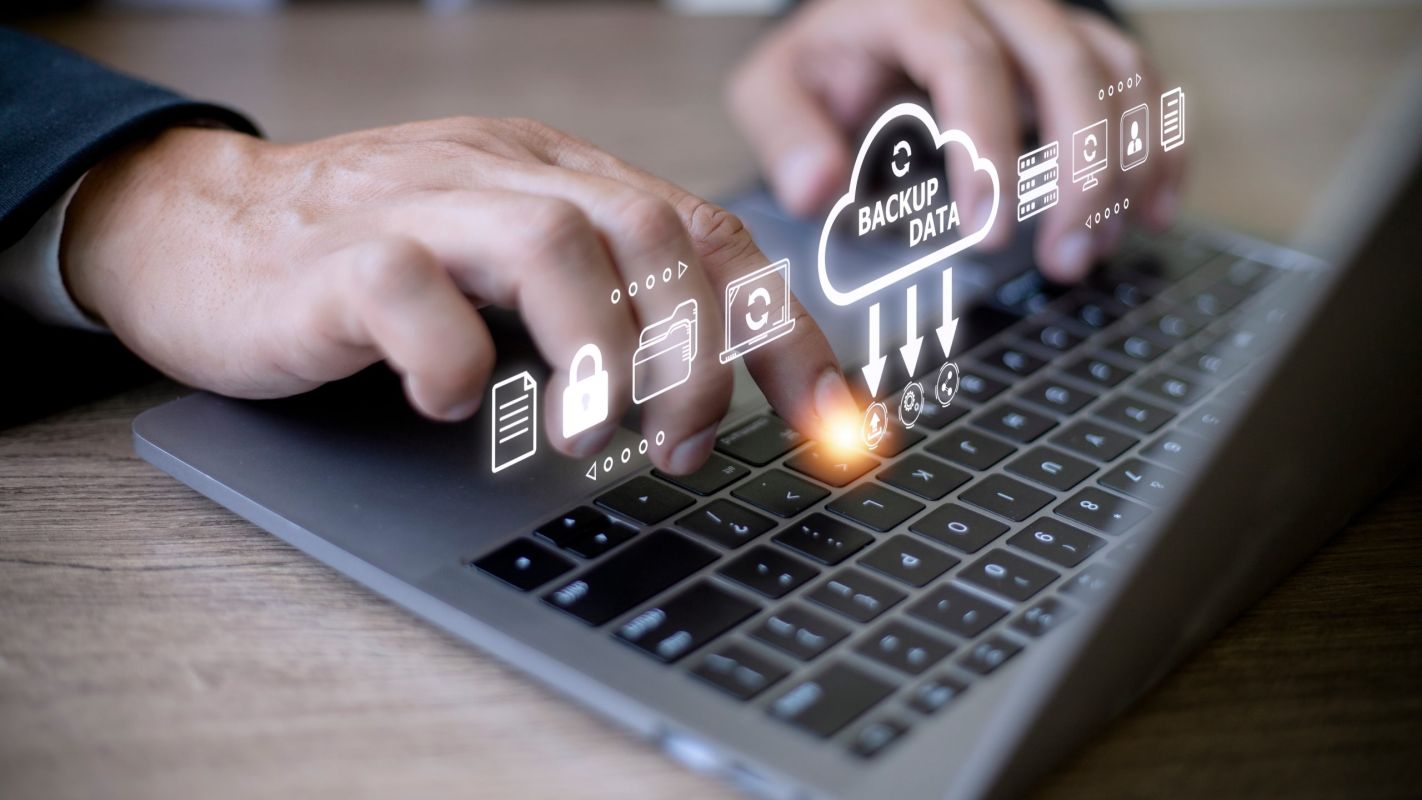

5 Simple Ways To Protect Yourself Against Ransomware Attacks
Ransomware has advanced over the years from simple hacks on personal devices to sophisticated, well-coordinated supply chain attacks that target thousands of organizations simultaneously. Nothing best demonstrates this aggravation than the continually rising costs of mitigating ransomware attacks, which according to CIO.com, now stand at $1.85 million.
A single ransomware attack can stall all your operations and bring your business to its knees. It is a no-brainer, therefore, that every modern-day organization must prioritize ransomware prevention as one of its vital cybersecurity strategies. Before we go into the details of ransomware prevention, watch this short video to have a brief overview of how ransomware attacks occur:
Preventing Ransomware With The Basics | LeadingIT 038
How Do Ransomware Attacks Occur?
To prevent ransomware attacks, you must first understand how they happen. Ransomware is malicious software that bad cyber actors introduce into your network to encrypt and compromise your files and data. This denies you access to your files until you pay ransom to the hackers.
In most cases, cyber attackers propagate ransomware through embedded attachments (links or images) in phishing emails. On clicking these attachments, users are directed to sites that either scoop their credentials or ask them to key in their logins. The attackers then use the stolen information to infiltrate your systems and encrypt your data.
The baseline is that for a ransomware attack to occur, the hackers must first gain entry into your network, usually through stolen credentials. Therefore, the success of such attacks depends more on the vulnerability of your users than on the complexity of the hackers’ codes. So, effective ransomware prevention involves following basic cybersecurity steps and implementing best practices on infiltration detection and prevention.
How to Prevent Ransomware Attacks
Now that we understand how ransomware attacks occur, here are five ways to keep your organization’s network safe:
Minimize Entry Points
With the recent spike in remote workers, many organizations have been forced to allow their employees to access company networks away from the safety of in-office environments. This has resulted in a tremendous increase in porous security borders, which is a hacker’s paradise.
As you are still learning to live with this new normal, implement the policy of limited access. Only grant unlimited entry into the organization’s databases to a few individuals, advisably only members of the executive. To the rest, you can give limited access to sensitive data on-demand and just for a short period. That way, you don’t have to worry about several unmonitored entry points into your most critical credentials. Also, this makes it easy to pinpoint and seal backdoors in case of a breach.
Implement Watertight Identity Management Policies
As we’ve demonstrated, ransomware attacks primarily rely on hackers cloning legitimate users’ identities to access and compromise corporate networks. Consider implementing the following policies to safeguard against impersonation:
- Password complexity and expiration protocols: NIST’s Digital Identity Guidelines recommends that solid passwords should have at least eight characters which must include numbers, letters (in both upper and lower cases), and special characters. They also propose that passwords should be changed after at least every 30 days.
- Multi-factor authentication: Besides solid passwords, use MFA to provide an extra layer of protection. This can be biometric signatures, physical tokens, or user-smartphones. So, even if attackers steal logins, they will still require other validations to access your data.
- Users’ accounts and applications management: If an employee leaves your organization, eliminate their accounts, apps, databases, and other repositories immediately. Also, remove any outdated or unused apps and programs from company gadgets. All active software and firmware should be up-to-date and regularly patched.
Invest in Early Threat Detection
In some cases, ransomware hackers camp in corporate networks for months before they attack. During this period, they learn your communication patterns, response protocols, and vulnerabilities. According to IAAP, for example, SolarWinds hackers were already in the company’s systems nine months before the actual attack.
Threat detection solutions like proxy analysis and machine learning algorithms monitor your systems for anomalous activities and inform you to take remedial action. They can help you identify dormant threats in your network and avert attacks before they become serious. Advanced threat detection solutions can even single out malware using a signature-based approach or scanning your databases for successive, rapid file encryption.
Deploy Robust Entry-Point Protection Mechanisms
Implement perimeter controls along your entry points to prevent unauthorized entry and file access. These include email and web gateways, antivirus, firewalls, VPNs, anti-malware, and intrusion detection and prevention solutions.
You can also block corporate gadgets from accessing threat sites and email address notorious for propagating malware. Whatever perimeter control measures you put in place, ensure that they’re always up-to-date to keep up with emerging threat vectors.
Conduct Regular Cybersecurity Awareness Training
Employee negligence is the number one contributing factor to all data breaches, and ransomware attacks are no exception. Even with the best data security systems in place, your network is still vulnerable to hacks if your staff can’t identify and prevent ransomware.
Therefore, among all ransomware prevention solutions, cybersecurity training is the most important. Have experts teach your employees on common ransomware attack tricks, how to identify them, and fast-response best practices. You may also want to occasionally launch simulated ransomware attacks to determine your staff’s footing and readiness level.
LeadingIT offers 24/7, all-inclusive, fast, and friendly technology and cybersecurity support for nonprofits, manufacturers, schools, accounting firms, religious organizations, government, and law offices with 10-200 employees across the Chicagoland area.


